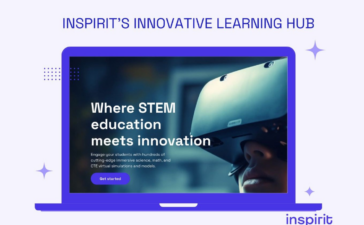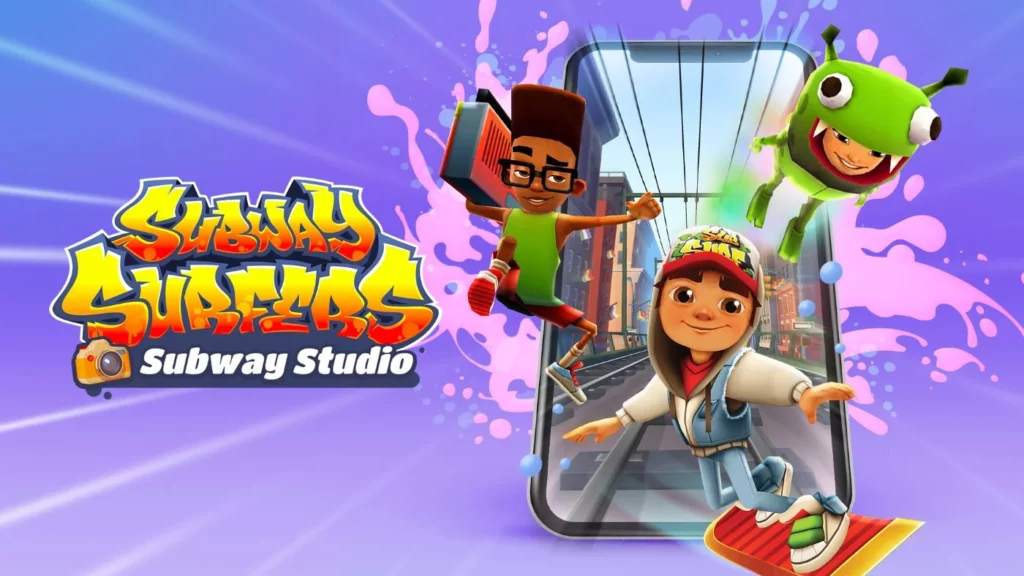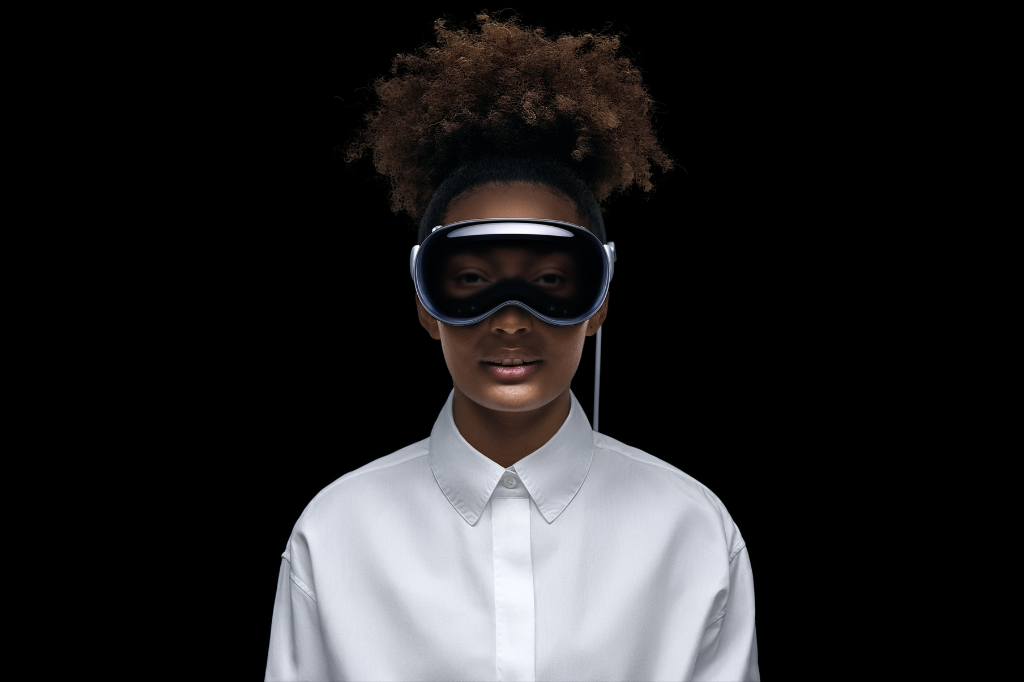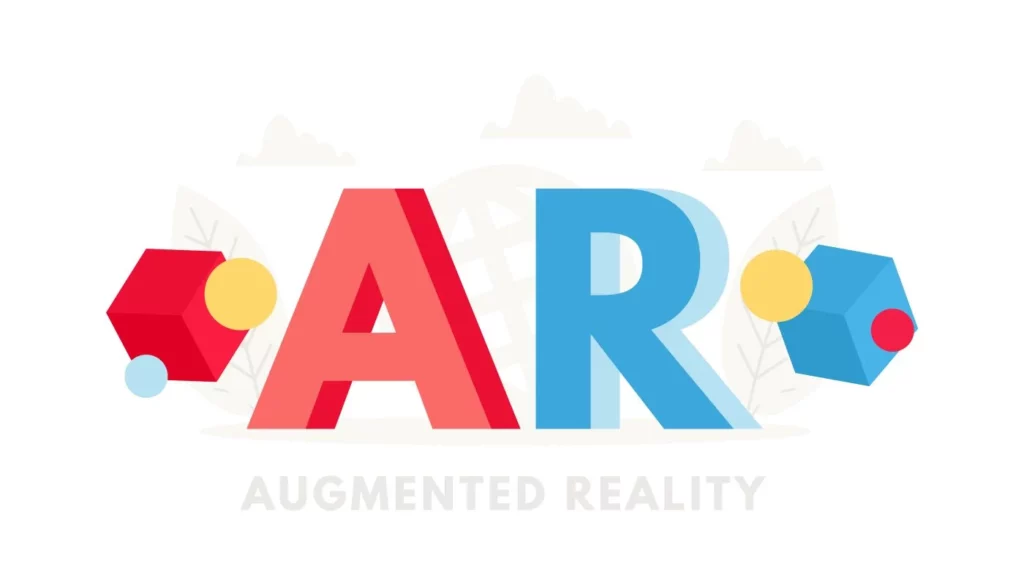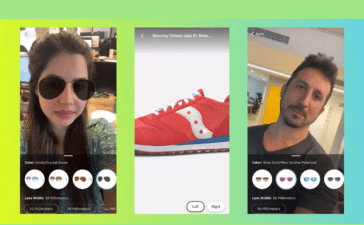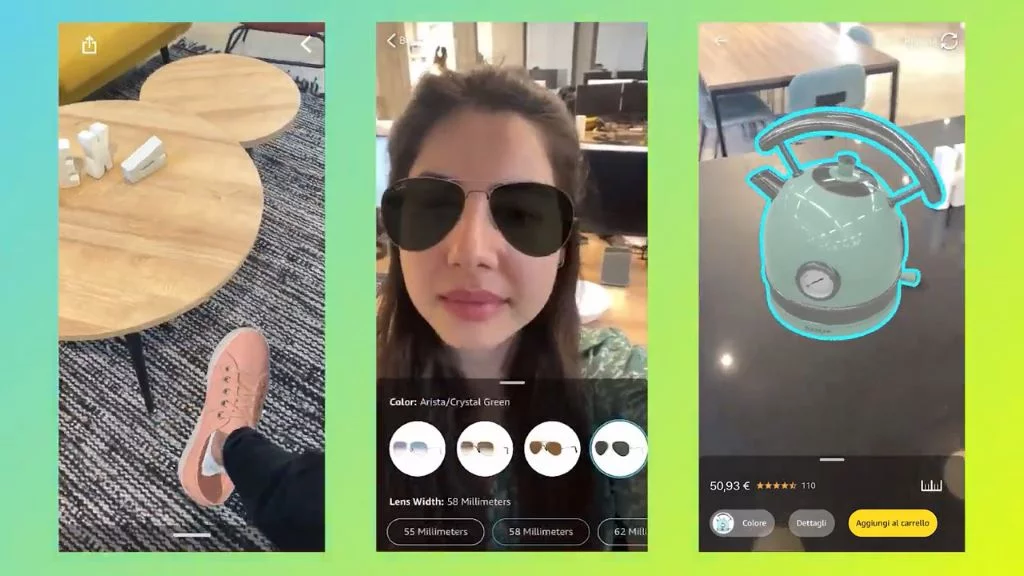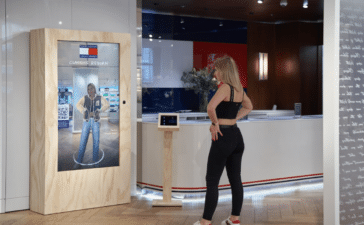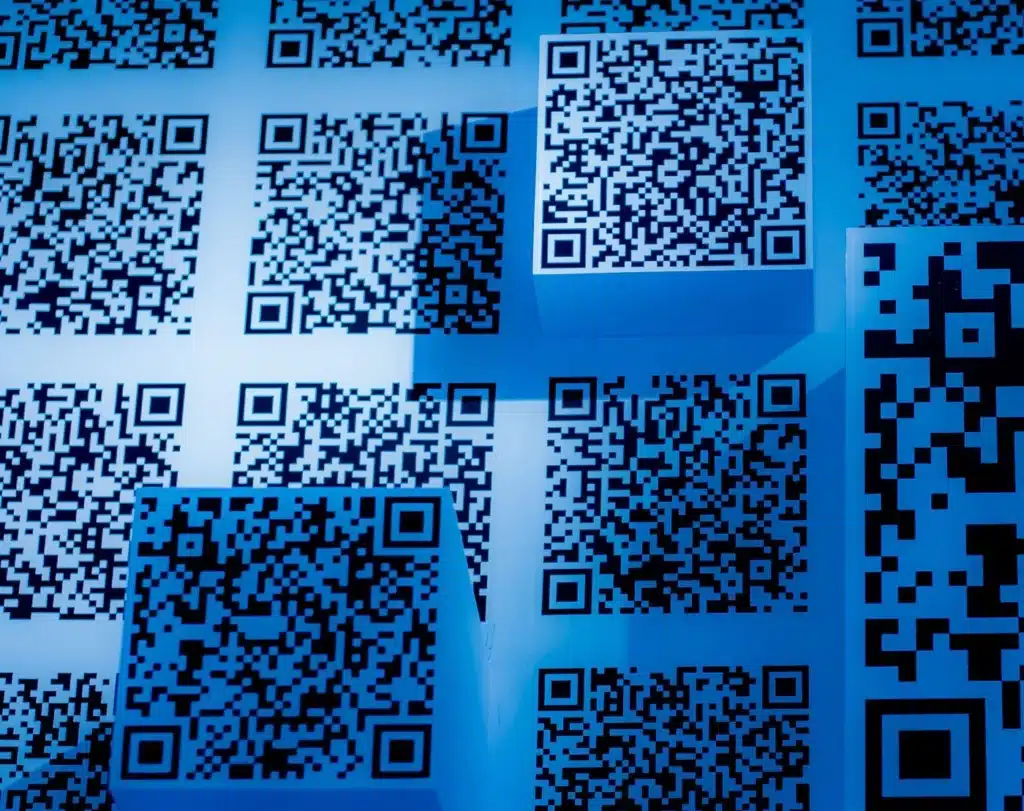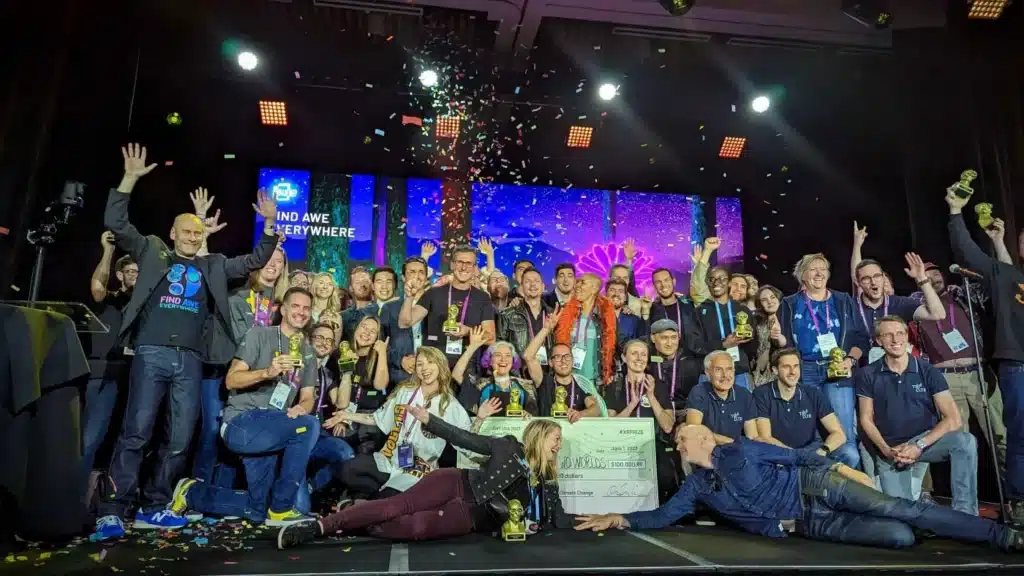The Augmented World Expo has its own awards ceremony – the Auggie Awards. Watchers of the XR space submit nominations and vote for their favorites. A panel of distinguished judges then selects the winners from among the finalists. Or, at least, that’s how it works for the first 16 categories.
The Best in Show awards, the XR Startup to Watch, and a few other Auggie Awards are determined differently. This year also saw the award of the XR Prize Challenge that AWE founder and CEO Ori Inbar announced last year.
The 14th Annual Auggie Awards
“I’m super excited to be hosting the Auggie Awards ceremony for the 14th year,” said Inbar. “The Auggie Awards have been recognizing XR since 2010.”
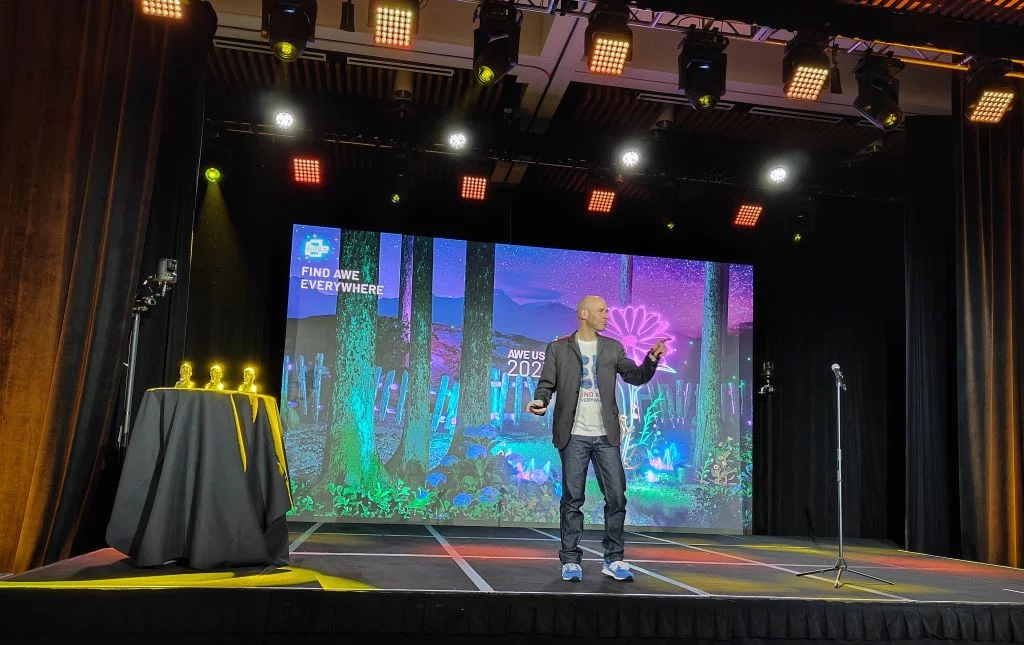
Inbar shared that there were a record 377 nominations this year, which public voting narrowed down to 89 finalists before 30 judges chose the 16 winners. Or, the 13 winners, as one organization left with a record-breaking three awards.

Best Art or Film
Developer, entrepreneur, and consultant Antony Vitillo, perhaps better known as “Skarred Ghost”, presented the first Auggie Award of the night for Best Art or Film.
“I totally love storytelling experiences and the emotions they give me,” said Vitillo.
The Auggie Award went to Delta Reality for The Museum of Digital Life. The massive multi-user art exhibit includes everything from 2D photographs to 3D objects and virtual worlds. Delta Reality was also nominated in the same category for The Metaverse Park and was up for Best Enterprise Solution and Best in Location-Based Entertainment.
The group won over Mutienliao, Oregon Shakespeare Festival, and Ferryman Collective. Unfortunately, no one from Delta Reality was present to accept the award.
Best Campaign
It was the “great pleasure” of University of South Australia Professor of Computer Human Interaction Mark Billinghurst to present the Auggie Award for Best Campaign. The award went to Zappar for Countdown: Bricks Farm. The interactive game for a New Zealand Supermarket included social lenses, games, and recipes.
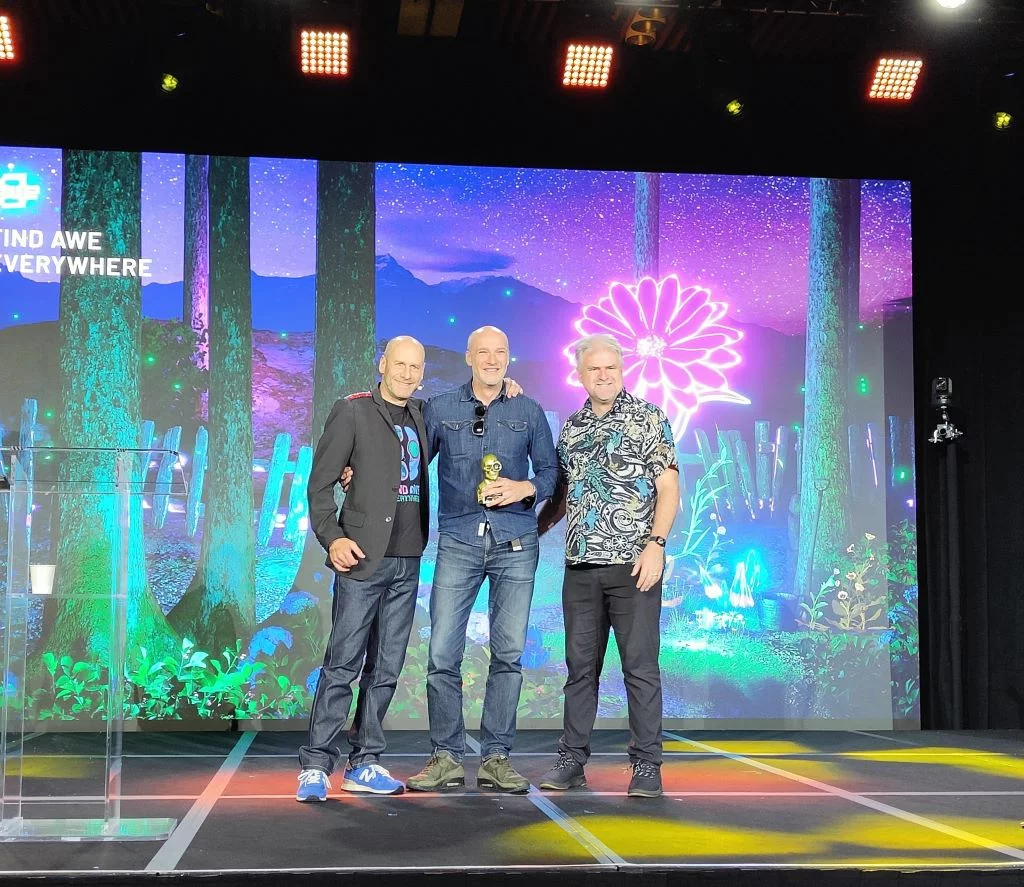
“We talk about technology, but it’s all about the people,” Zappar CEO and co-founder Caspar Thykier said in accepting the award.
The experience beat out two experiences by CamOn XR and an experience by Viewtoo, as well as another Zappar experience that had also been nominated. Zappar was also up for Auggie Awards in the categories of Best Creator & Authoring Tool, Best Developer Tool, Best Headworn Device, Best in Location-Based Entertainment, and Best Societal Impact.
Best Collaboration Tool
Sony Electronics Head of XR Business Development Thaisa Yamamura was “honored to present” the Auggie Award for Best Collaboration Tool. She also presented the winner with a 15.6in Sony Spatial Reality Display.
The Auggie Award went to Pfizer for VR collaboration tools used in developing the COVID-19 vaccine, and was accepted by a representative of the company. Also nominated were Arthur, Morpheus, Holo-Light, and R3DT GmbH.
Best Consumer App
“We spend a lot of time talking about enterprise XR, and for good reason, but the consumer market is where things really scale,” XR analyst Mike Boland said in introducing the Best Consumer App category.
The Central Library of Düsseldorf App, by Exponential Dimensions, took home this award, despite facing stiff competition from the likes of Snap Inc. and Overlay LLC. The Auggie Award was accepted in person by a representative of the City of Düsseldorf.
Best Creator & Authoring Tool
“This is an exciting category because these are the tools we can all use to create amazing worlds for each other,” All These Worlds LLC founder Jackie Morie said in presenting the Auggie Award for Best Creator & Authoring Tool.
The Auggie Award went to Snap Inc for Lens Studio with fellow nominees Overlay LLC, Zappar, HoloPundits, ARSOFT, and DEEPFINE. The award was accepted in person by a representative who passed on praise to the “300,000 AR creators creating with us.”
Best Developer Tool
Another Snap representative, Head of Platform Developer Relations Tessa Kriesel, took the stage next to present the Auggie Award for Best Developer Tool. This category could have gone to anybody with finalists Blippar, Zappar, 8th Wall, Holo-Light, and Qualcomm, but echo3D took home the prize.
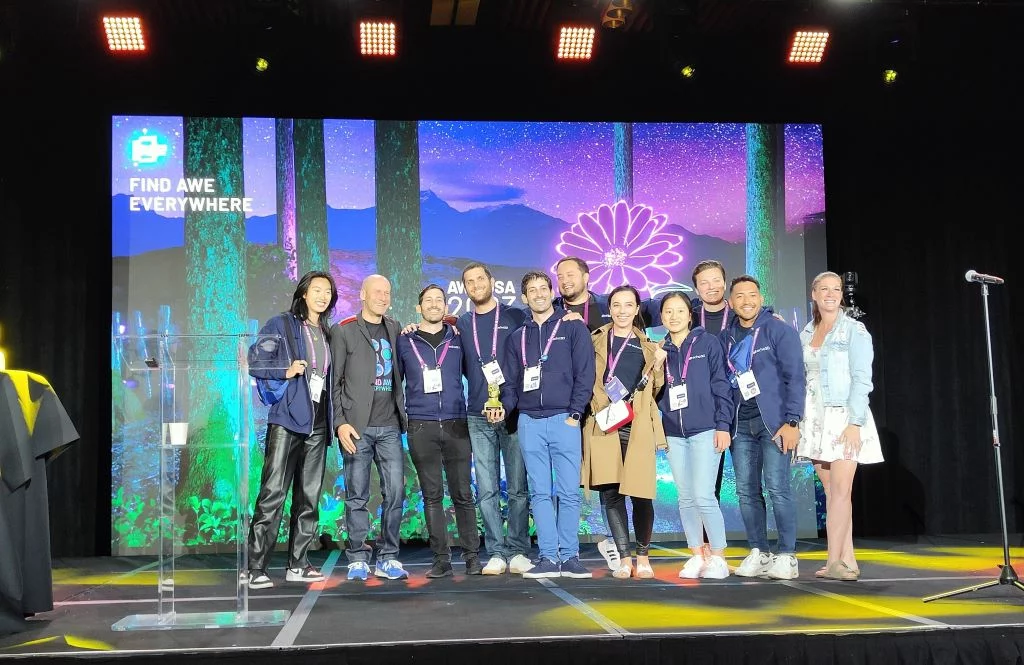
Best Enterprise Solution
“XR Tech has the power to change the way we work but only when we have enterprises who do the development and work to bring those projects to us,” AWE Advisory Council member Shelley Peterson said in presenting the Auggie Award for Best Enterprise Solution.
Nominees in the packed category included Lowe’s Innovation Labs, Delta Reality, and HoloPundits, but Ajna Lense, an MR developer headset by Indian company Dimension NXG took the prize. The same headset was also a finalist in the Best Headword Device category.
Best Game or Toy
“This one has a special meaning to me as someone who has devoted his entire life to a toy,” skateboarder Rodney Mullen said in presenting the Auggie Award for Best Game or Toy.
Resolution Games was nominated for both Demeo and Spatial Ops, ILMxLAB was nominated for StarWars: Tales From the Galaxy’s Edge, and DB Creations was nominated for Table Trenches. However, the prize went home with the team of Innersloth, Schell Games, and Robot Teddy for Among Us VR. Or, it will be mailed home, as no one accepted the award in person.
Best Headworn Device
Science fiction author Daniel Suarez had the honor of presenting one of the evening’s most anticipated Auggie Awards – and perhaps the one with the stiffest competition.
Zappar’s Zapbox, DigiLens’ ARGO, Sony’s PlayStation VR 2, the Magic Leap 2, XREAL (previously Nreal) Air, and the Varjo XR 3 Focal Edition were all in the running, but the prize went to the HTC VIVE XR Elite.
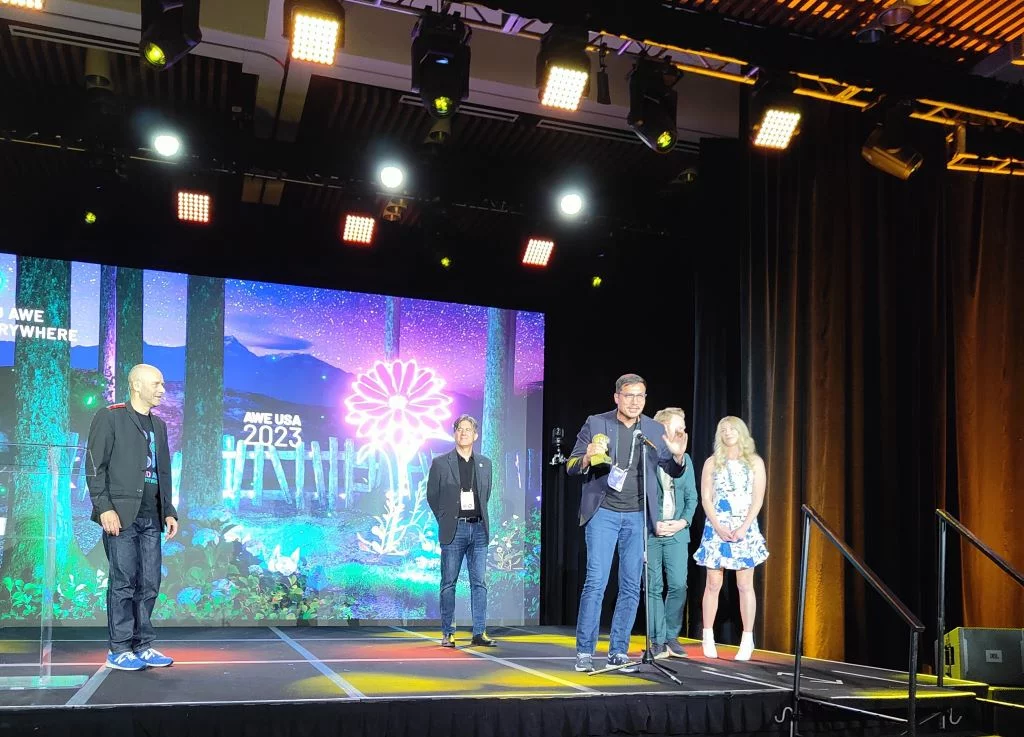
“We’re just so happy. This is something we’ve been working on for a long time,” HTC China President Alvin Graylin said in accepting the award. “We’re so excited to be recognized here.”
Best in Healthcare and Wellness
XR Association President Elizabeth Hyman called the field of healthcare and wellness “a great way to change the world” in presenting the Auggie Award for this category. Nominees included Groove Jones and Lucid Reality Labs but the award went home with ARSOFT for NextMED – a tool for medical visualization.

“We’re here from Spain just to be with so many interesting companies and amazing people,” founder and CEO Santiago González said in accepting the award.
Best in Location-Based Entertainment
“So many people find their first XR experience through LBEs,” Hopscotch Interactive CEO Emily Olman said in presenting the Auggie. “This is an amazing category that brings so many people into XR for the first time every single day.”
Nominees included ONTOP and Delta Reality, but Thykier returned to the stage to accept the award for LEGO MYTHICA Magic Forrest – Zappar’s second Auggie of the night.

“It’s everyone’s dream to work with a property like LEGO,” said Thykier. “There’s a wonderful team there and they’ll be happy that we’ve won this.”
Best Indie Creator
“Without our indie creators, there would not be an industry,” GatherVerse Summit founder Christopher Lafayette said in presenting the Auggie Award for Best Indie Creator. He also gave a “shoutout to our startups.”
In a field that included DB Creations and OnBoardXR, the prize went to Big Rock Creative, best known for bringing Burning Man into VR for the past three years. The producers, Doug Jacobson and Athena Demos gave brief speeches, but were accompanied onto the stage by a team of creators including the worldbuilding duo Cause and Christie.

“We all start out as indie collaborators,” said Demos.
“I want to thank the whole team. We’re very excited to learn the language of storytelling in this new medium,” said Jacobs.
Best Interaction Product
“You guys are so lucky to have the XR devices and the ecosystem that you have out there,” Graylin said, returning to the stage to present the Auggie Award for Best Interaction Product. “These are good times.”
VIVE itself was nominated for their Self-Tracking Trackers, along with the likes of Leia Inc., SenseGlove, and Wisear. Graylin presented the award to TriLite for the Trixel 3, an impressively small projector for AR displays.
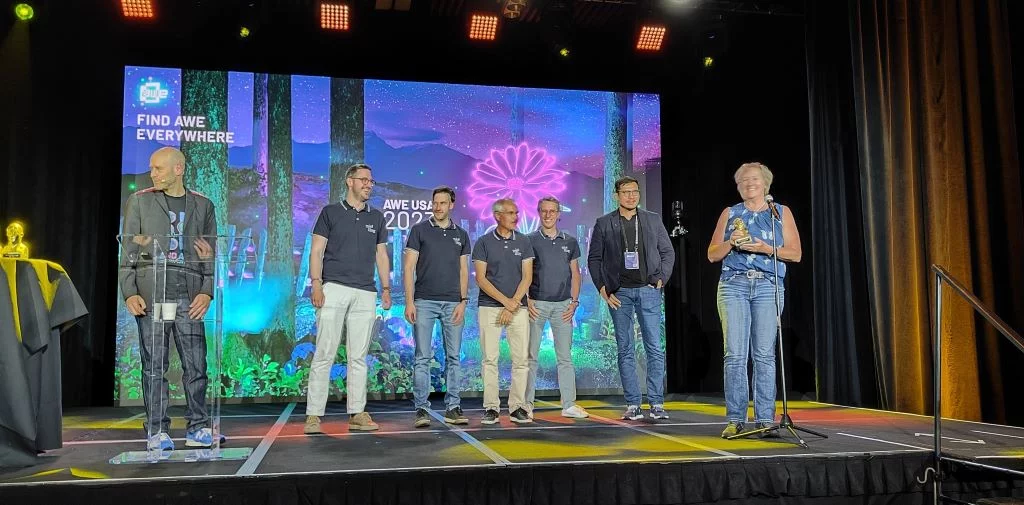
“Thank you so much, AWE,” Head of Product Marketing and Business Development Susan Backhaus said in accepting the award. “This is a great recognition of our work.”
Best Snapdragon Spaces App
“We’ve been super impressed by the number and quality of applications we have seen,” Qualcomm’s Senior Director of XR Martin Herdina said in presenting the first Qualcomm-sponsored Auggie Award.

The award went to Verizon for The Future of Training, an XR upskilling program. In this case, the Auggie also came with a $10,000 check from Qualcomm.
Best Societal Impact
Unity VP of Education and Social Impact Jessica Lindl said that “the world is a better place with more creatives in it,” as she prepared to award another of the evening’s most anticipated Auggies. The category had a number of repeat nominees including Lucid Reality Labs, with two experiences in this field, and Zappar for their Zapvision solution.

Thykier returned to the stage once again to accept the third Auggie Award of the night – beating the record that the company set last year. This time Thykier was accompanied by a number of Zappar representatives to accept the award that makes product information available to vision-impaired individuals through an enhanced QR code.
“We do a lot of exciting work at Zappar, but it’s amazing to do some important work,” said Thykier, who also gave special thanks to Unilever, the consumer packaged goods company that partnered with Zappar on the project. “This is the [Auggie] that is super important.”
Best Use of AI
“It came to the attention of the world recently that the singularity is underway,” AWE co-founder Tish Shute said in presenting the Auggie Award for Best Use of AI. “There is a cycle where AI feeds XR and XR feeds AI. This is going to cause an acceleration that is mind-boggling, to say the least.”

With competition like Move.ai and Avataar, it was a tough field. The Auggie was awarded to Maxar Technologies for SYNTH3D – a high-fidelity world-scale digital twin created with satellite data.
The Startup Pitch Competition
“We had an incredible group of startups pitch,” Boost VC Partner Maddie Callander said in presenting the Startup to Watch Auggie. “It’s always exciting to see the cutting edge.”
Atopia won from among the 14 finalists for “creating the metaverse of arts and culture.” The Auggie was accepted by co-founder Annabell Vacano.

“We couldn’t have done this without our small team back in Germany,” said Vacano.
Best In Show
WXR Fund Managing Partner Amy Lameyer presented the Best In Show award. This award is presented during the event wrap-up and considers expo floor interest. The award went to Sightful, one of the companies behind Spacetop – a laptop that uses AR glasses in lieu of a screen.
The award was accepted in-person by the company’s co-founders Tomer Kahan and Tamir Berliner. Berliner talked about the growth of AWE and of XR generally, including the massive presence of XR hardware at the recent Consumer Electronics Show. He also referenced Ori’s end-of-show announcement that AWE will move from Santa Clara to Long Beach.
“I do want to thank everyone here, but Ori, also to you. I met you, I think it was AWE 2014 in Tel Aviv, I think that there were about a hundred people there – not speakers, attendees,” said Berliner. “I think the move to LA is messaging everyone that CES should watch out because Consumer Electronics is becoming AWE.”
The AWEsome Award
The AWEsome Award is determined by a “complex algorithm” that includes “buzz,” participation, expo floor interest, and other factors. The Auggie was presented by XREAL founder Peng Jin.
The award went to EXIT SUIT but was not accepted in person. Ori commented that exhibitors are often packing up their booths while the event wrap-up is under way.
Visual Impact
A special award, the “Visual Impact Award” was presented by NTT Ltd. Group Vice President of Connected Industry Rika Nakazawa to the XR artist best known as Sutu. Sutu had created the art used for promoting AWE but also used as the backdrop on the main stage.
“I’m so happy that Ori asked me to create the art,” said Sutu. “It’s been a journey. I was at AWE in the early days and to see what it’s become and to be a part of that, it’s been a journey.”
The XR Prize Challenge
Last year, Inbar announced The XR Prize Challenge: “A global competition to harness the power of XR to fight climate change” with a $100,000 grand prize. 230 projects were submitted. 150 of those advanced to the next level. 90 of those submitted a minimum viable product. Those were narrowed down to 11 finalists. In the end, there were three runners-up and one winner.
The runners-up and grand prize winners were announced in the categories Optimize, Educate, Visualize, and Replace. All runners-up received an Nvidia graphics card.
Optimize
Niantic VP of Business Development Jenna Seiden presented the runner-up in the Optimize category, saying that “the technologies that we’re celebrating tonight make the world more magical.”

The award went to inCitu, a project that shows immersive models of familiar locations in potential futures – for example, as impacted by rising sea levels due to climate change. An earlier version of the experience had first been demod at a 2019 AWE event in Munich.
Educate
IEEE Standards Association President Yu Yuan presented the runner up in the education category saying, “education is very important to get more people working with us in XR.” The award went to Mangrove City – a VR experience that helps users understand the ecological significance of wetlands.

Visualize
University of Oregon Assistant Professor of Immersive Media Psychology Danny Pimentel presented the runner up in the “Visualize” category.
“It was moving to see so many organizations and creators around the world leverage these technologies in such thoughtful ways,” said Pimentel.

The award went to Qikiqtaruk: Experiencing the Arctic Under Threat. The project brought in multiple co-creators to make a virtual tour of a national park that serves as an immediate example of the impacts of climate change.
The Grand Prize
Tom Furness, founder of the Virtual World Society, presented the Grand Prize to Between Two Worlds. The AR app helps users learn about endangered species, their habitats, and why they are endangered.
Another Year, Gone
That wrapped another year of the Auggie Awards and of the Augmented World Expo. Of course, events are coming up in Europe and Asia, as well as regional meetups and events that visitors can join on the AWE.live app. Until next year, it’s time to make some Auggies-worthy news for next time.




